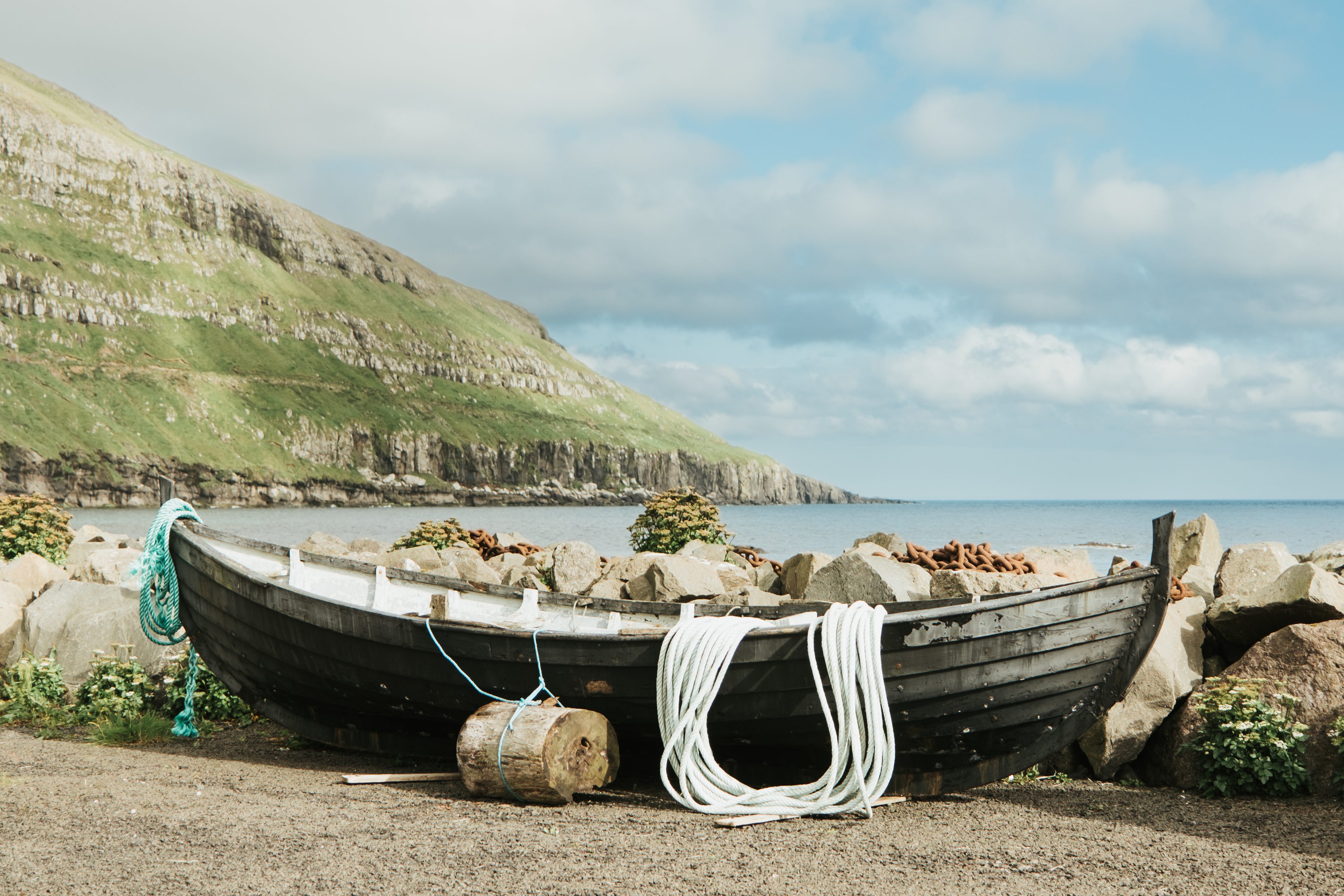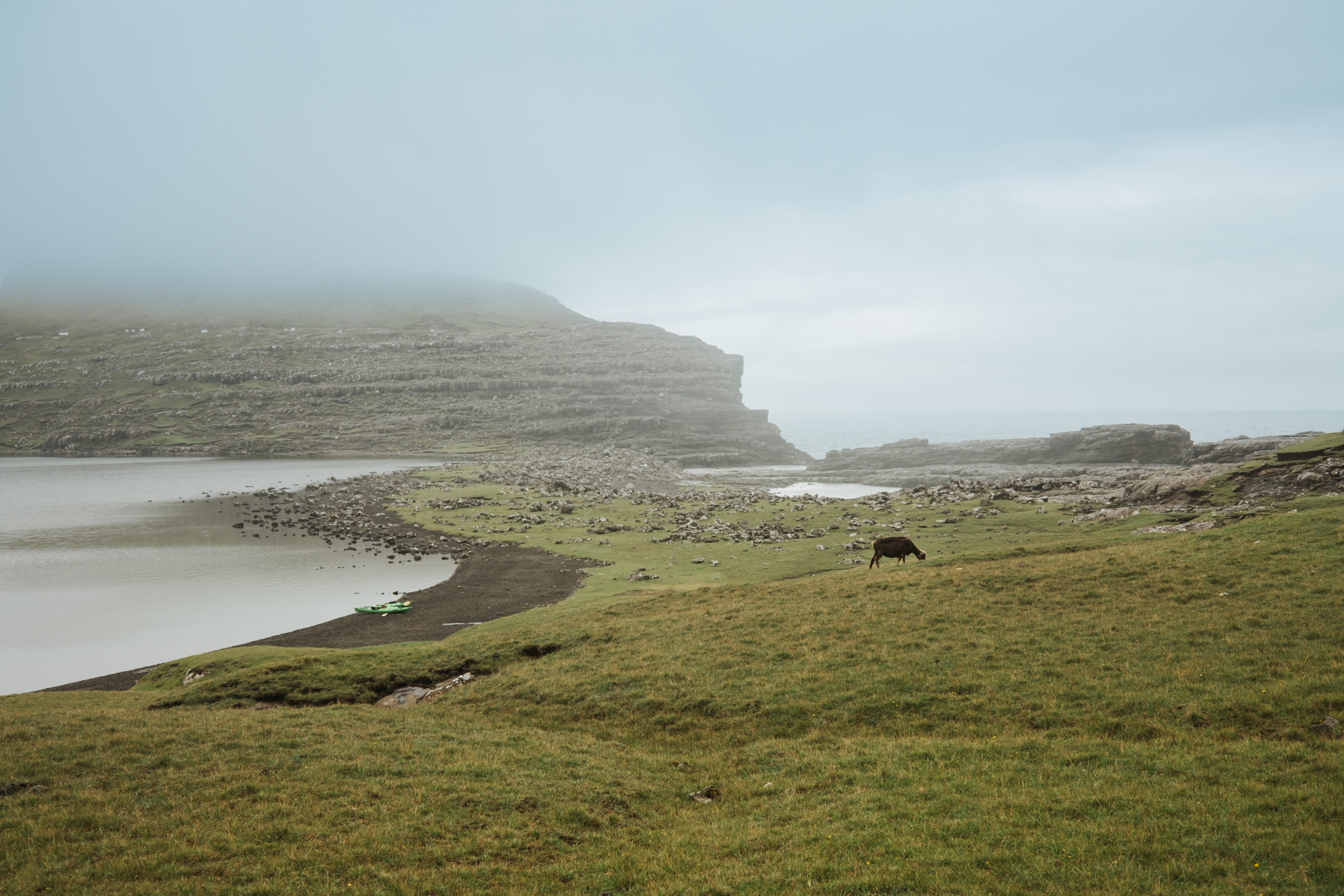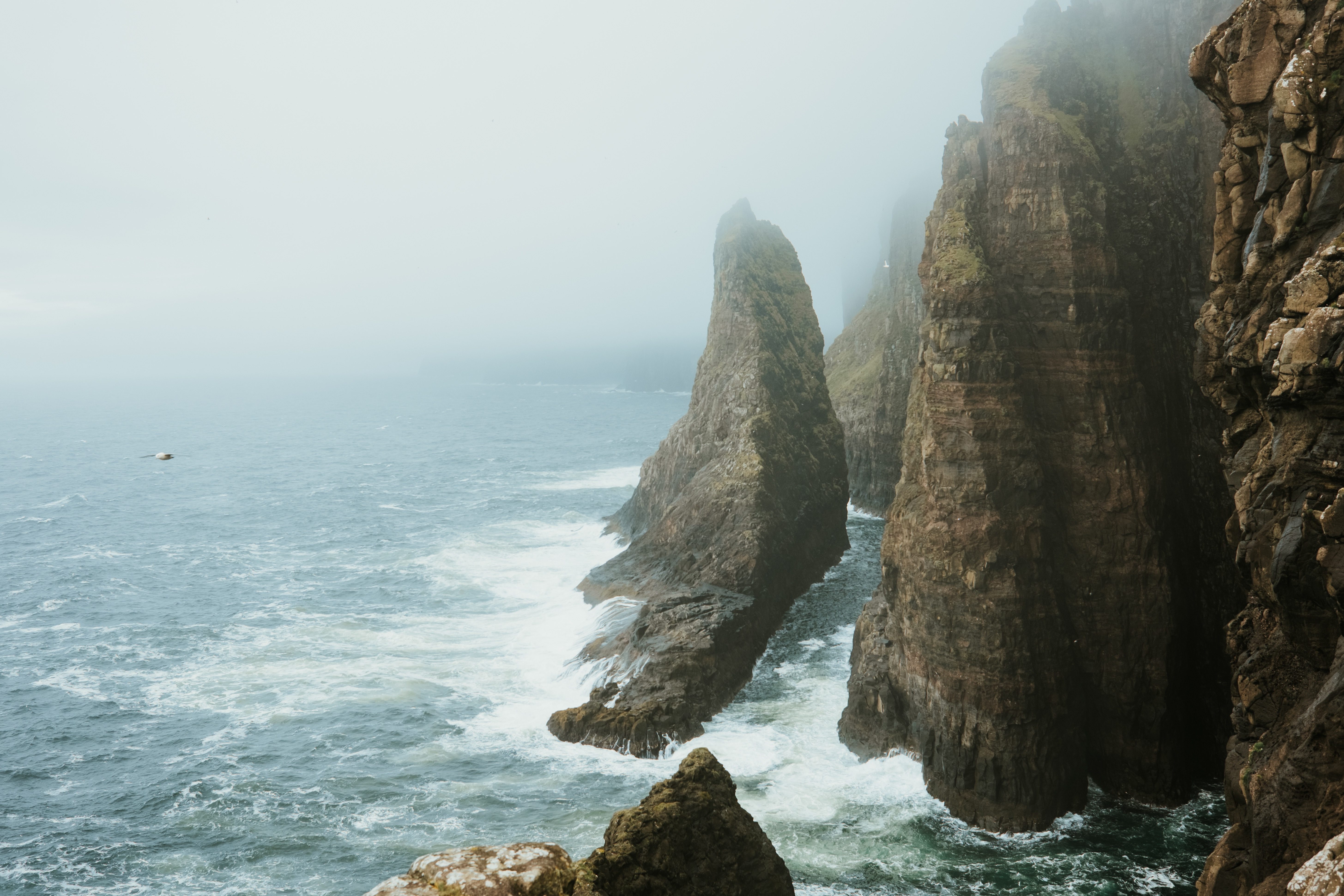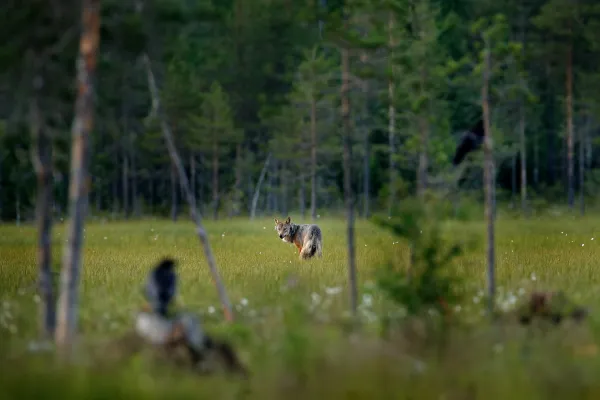The Faroe Islands: Conservation in the North Atlantic
Nestled in the remote North Atlantic, the Faroe Islands are a striking archipelago known for their rugged landscapes and rich cultural heritage. Despite their small size and isolated location, these 18 islands are a hotspot of biodiversity, with unique flora and fauna that have adapted to the harsh, windswept environment.
As the Faroese people navigate the delicate balance between preserving their traditional way of life and embracing modern conservation efforts, the Faroe Islands stand as a testament to the power of nature and the importance of protecting it for future generations. Let me share with you some facts and impressions from my visit to this impressive region.
Geographic location and development
The Faroe Islands, an archipelago of 18 islands, are located in the North Atlantic, roughly halfway between Iceland and Norway. This remote group of islands, which is politically part of Denmark, is renowned for its dramatic coastal landscapes, towering cliffs, and deep fjords.
The islands were formed by volcanic activity around 55 million years ago and have been shaped over time by glaciers, giving them their rugged and striking topography. This makes them around three times as old as Iceland.
The population of the Faroe Islands, approximately 50,000 people, lives in close connection with nature, reflected in centuries-old traditions of sheep farming, fishing, and bird hunting. In recent years, there has been a growing awareness of conservation on the islands, aiming to preserve the unique natural environment while balancing tradition and environmental protection.
The unique nature of the Faroer Islands
The Faroe Islands are characterized by breathtaking landscapes dominated by rugged mountains, deep fjords, and expansive green meadows. This untouched nature, often shrouded in dense mist, gives the islands a mystical atmosphere. The coasts are lined with cliffs, some of the highest in Europe, offering spectacular views of the wild North Atlantic.
The nature of the Faroe Islands is unique, as their isolation has led to the development of a flora and fauna that have adapted to the harsh climatic conditions. The influence of the Gulf Stream ensures mild temperatures year-round, supporting the growth of a diverse range of plant life. From the diverse seabird colonies to the endemic plant species, the Faroe Islands are a haven for biodiversity, offering a glimpse into the resilience and adaptability of life in this rugged region.
Flora of the Faroe Islands
The plant life on the Faroe Islands is surprisingly diverse, despite the remote location and harsh climate. There are around 400 species of flowering plants, including the typical grasses and herbs that cover the islands' vast green meadows. Notable among them are the Faroese gentian, silverweed, and cotton grass, which transform the landscape into a sea of colors during the summer.
The Faroe Islands are also home to many species of mosses and lichens that have adapted to the humid and windy conditions. Forests are rare on the islands due to centuries of wood use and the harsh winters. Instead, the landscape is dominated by heathland, dwarf shrubs, and alpine plants.
Fauna of the Faroe Islands
The wildlife of the Faroe Islands is as impressive as its flora. The islands are a paradise for seabirds, with large colonies of puffins, gannets, guillemots, and fulmars. The cliffs and coastlines provide ideal nesting sites for these bird species, which are present on the islands year-round.
In addition to seabirds, there are also some land birds, including the Faroese starling, a subspecies of the snow bunting, which is unique to the islands. The mammal population is less diverse, but sheep, which gave the islands their name (Faroe means "Sheep Islands"), are ubiquitous. These hardy animals have adapted perfectly to the sparse pastures and harsh climate.
The surrounding seas are home to numerous fish species, including cod, salmon, and herring, which play a vital role in the diet and economy of the islanders. Whales and dolphins are also regularly spotted, making the Faroe Islands a fascinating destination for wildlife enthusiasts.
Wildlife challenges and evolving traditions
The Faroe Islands have a long history of relying on local wildlife, particularly whales and seabirds like puffins, as essential food sources during the harsh, cold winters. These practices, deeply rooted in Faroese culture, were once vital for survival, providing protein and essential nutrients when other resources were scarce. Whale drives, known as "grindadráp," and the hunting of seabirds have been passed down through generations as part of the islands' heritage - nowadays wildly discussed topics.
However, in recent years, there has been a shift in attitudes, particularly among the younger generation. Many young Faroese are increasingly mindful of the environmental impact of these traditions and are adopting more sustainable approaches to their diet and fishing practices. This growing awareness has led to a more conscious effort to balance tradition with the need for conservation. Some are turning away from these practices altogether, while others are advocating for more humane and environmentally responsible methods.
This cultural evolution reflects a broader global trend towards sustainability and a deeper respect for wildlife, signaling a hopeful future for both the people and the natural environment of the Faroe Islands. Nevertheless, these practices are highly controversial and a good example of the dichotomy between cultural traditions, innovation and increasing attention to nature conservation.
Conservation efforts on the Faroe Islands
In recent years, the Faroe Islands have taken significant steps to protect their unique environment and ensure more conscious tourism. One of the most notable initiatives is the introduction of the so-called "Hiking Fee." This fee is charged to hikers who wish to traverse certain private lands, with the revenue used to maintain and preserve the hiking trails and surrounding nature. Unfortunately, it is not yet clear who exactly benefits from the Hiking Fee, as it is not a measure taken by the government but by private landowners.
There are also numerous initiatives on the islands aimed at minimizing the impact of tourism on the fragile environment. These include educational campaigns that inform visitors about proper behavior in nature, as well as projects for reforestation and the protection of seabird colonies.
Special attention is also given to the protection of marine ecosystems. Fishing in the Faroe Islands is strictly regulated to prevent overfishing and preserve fish stocks. Moreover, efforts are being made to reduce plastic waste in the waters and monitor the impact of climate change on marine habitats.
The Faroe Islands stand as a still evolving model for balancing tradition with conservation. The islanders have recognized that protecting their unique environment is crucial not only for the future of tourism but also for the survival of their own culture. With growing awareness of the importance of nature and targeted measures, the Faroese are still working on the preservation of their islands as a unique natural paradise in the North Atlantic.
Five tips for visiting the Faroe Islands consciously
#1 Take the slow route and explore less-visited regions: While it’s tempting to hop between the iconic waterfalls and dramatic cliffs or making it a stop-over on your way to Iceland, take the time to venture off the beaten path. The Faroe Islands have so much more to offer beyond the popular tourist spots, with hidden valleys, quaint villages, and untouched landscapes waiting to be discovered.
#2 Be respectful and try to understand Faroese culture: The Faroese people are known for their strong sense of community and connection to the land. As a visitor, it’s important to approach the locals with respect and understanding. Some may be cautious, as they’re not yet accustomed to large numbers of tourists. Engage with the culture gently and appreciate the warmth and hospitality you’ll often find beneath the surface.
#3 Get informed and educated beforehand: The Faroe Islands are still a relatively hidden gem, and information can be scarce once you arrive. Prepare by reading travel books, researching blogs, and familiarizing yourself with the islands’ unique history, culture, and natural environment. This preparation will enrich your experience and help you navigate the islands more easily.
#4 Always wear waterproof gear: The weather in the Faroe Islands is notoriously unpredictable. Even in the summer months, rain showers can appear out of nowhere. Be prepared by always carrying waterproof gear, including a sturdy rain jacket, to ensure you stay dry and comfortable during your adventures.
#5 Enjoy the stillness and embrace mindful travel: The Faroe Islands offer a rare opportunity to experience true tranquility. Embrace the slower pace, take in the breathtaking scenery, and practice mindful travel. Whether you’re hiking alone on a windswept trail or sitting quietly by the ocean, let the natural beauty of the islands rejuvenate your spirit.

















